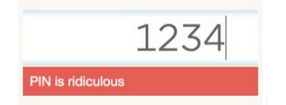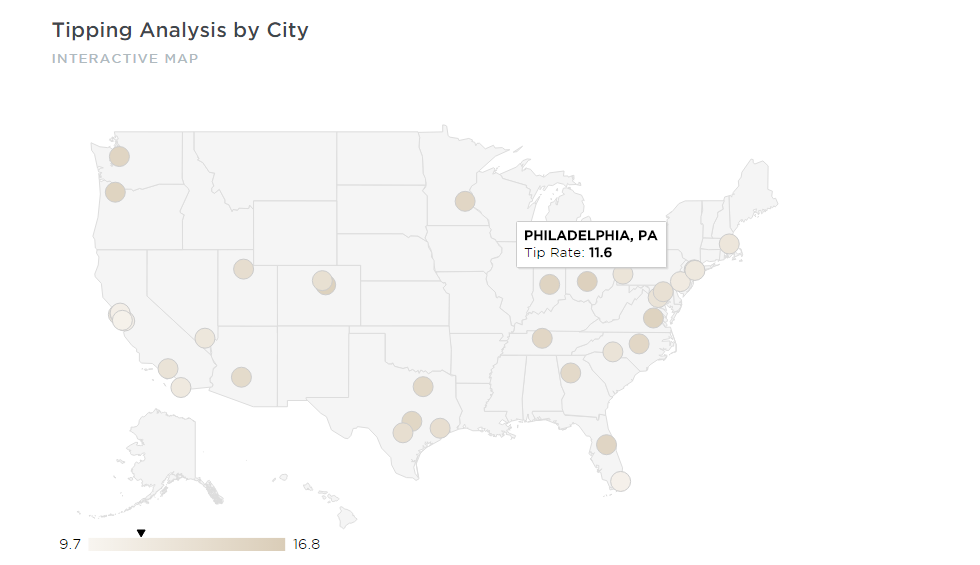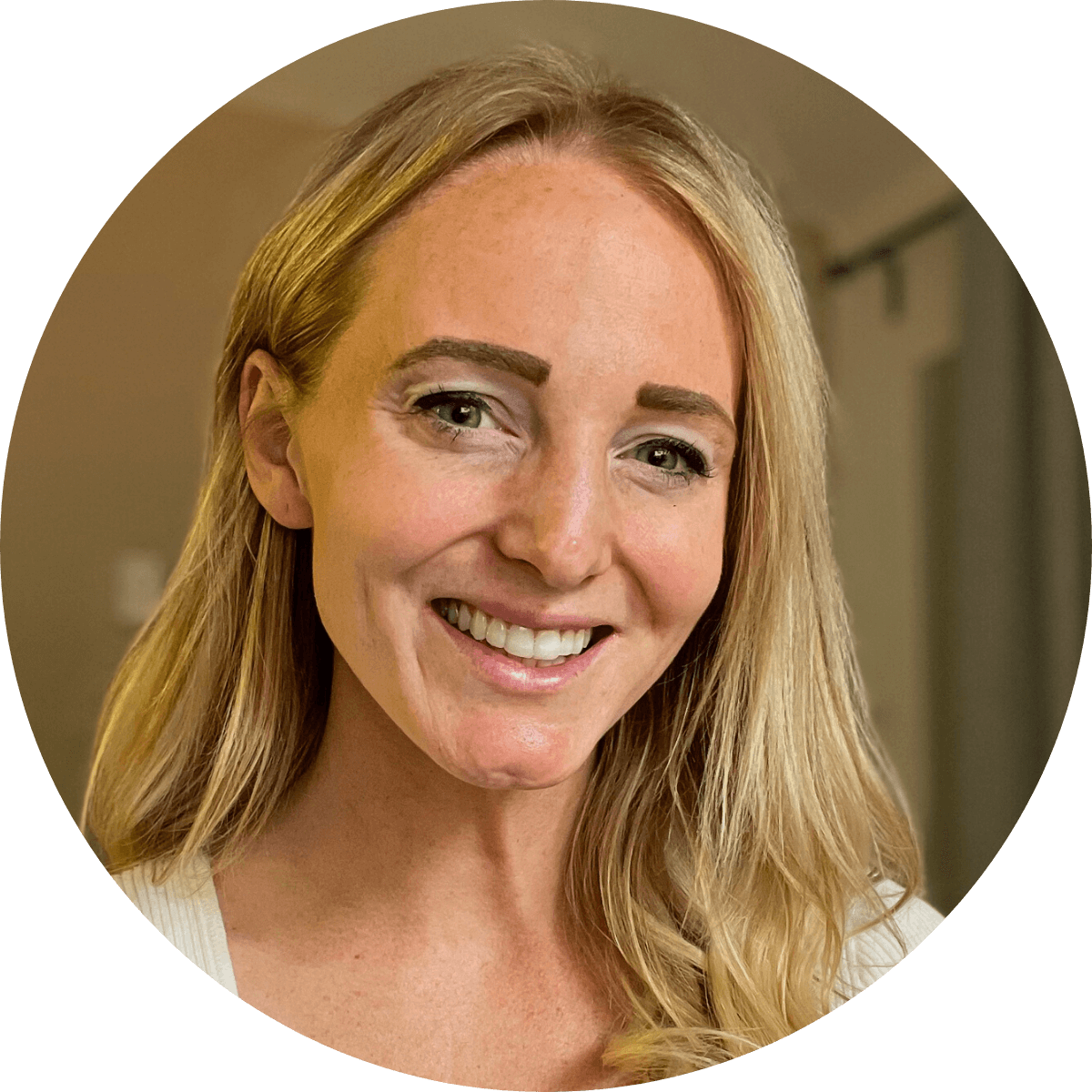Earlier in September, inbound marketers gathered in San Diego at SearchLove to share their experiences and opinions on what’s to come in the search marketing industry. There were a wide range of experiences and points of view shared, from professional storytellers to SEO execs. Along with hundreds of other attendees, I left feeling inspired and ready to share some takeaways with co-workers and client accounts. I compiled seven, albeit slightly paraphrased, statements that impacted me the most (and will hopefully spark some creativity for your inbound marketing campaigns too)!
1. “Do not allude to the story. Tell the story.”
- Kindra Hall, Professional Storytelling Coach
This resonated with me in two ways: how can I use storytelling to improve client brand/communication strategy for their customers and how can I improve my own communication with clients or team members?
Using Brand Storytelling Across Online Marketing Channels
The strength of a brand is no longer about how well you can communicate what your brand can do for your customers. Instead, it’s measured by how much your customers connect to your brand’s story - so much so they want to share it with their own networks. People remember stories and pass them on. If you can tell your brand story effectively to your customers, the story will continue to do the heavy lifting for your marketing efforts. For example, recently for a large sport's retail and sporting goods chain, Seer developed a video content campaign that incorporated the brand's products to help youtube sport advocates educate their own audience. The effort resulted in new brand connections and thousands of video views.
Crafting a Story when Communicating in Marketing Meetings & Presentations
In the words of Kindra, the biggest storytelling mistake is alluding to the story, but not actually telling it. Too often, I start my story somewhere in the middle, with the expectation that my client or their customers will relate. Technical information will only go so far if you don’t wrap it into the context of a story. Instead, I’ve begun to make an effort to back up, slow down, and remind people where we started, what we are doing now, and where we expect to be in the future. As a part of the Seer SEO team, we first explain technical SEO practices by weaving it into the bigger picture. For example, there is a whole lot of technical elements that go into ranking highly in the SERPs - domains, link authority, and correct site structure to name a few. When communicating with clients who are unfamiliar with the technical aspects of SEO, it's crucial to shape it in a story that explains why and how technical elements can accomplish a bigger picture goal.
2. “Don’t be boring….think about your first brand impression: how can you make it awesomer?”
Scott Edwards, Director of Customer Acquisition at Simple
Scott Edwards served as a great reminder of how a brand can be human. It’s the human touch that earns a customer’s trust. Here are some awesome examples of how one brand turned what could have been mundane data and bland brand touchpoints into relevant and engaging content.
Turn a boring task into a memorable brand highlight
Scott shared great examples of how Simple Bank, an online banking company and software, earned trust with their customers by making some minor tweaks to a notoriously boring tasks associated with banking: picking your PIN. One way Simple Bank did this was by changing the PIN selection interface on their website.
When a customer chooses a PIN on Simple bank’s website, the bank gives some feedback in return. For example, if I entered entered a pin on the site as ‘1234’, a common and non-secure pin choice, instead of just rejecting the pin, the Simple bank text populates the following:

This shows customers that Simple bank has a personality. Simple built the website with function and fun in mind.
Use existing data to create Unique Content
Simple input tipping data and mapped it out using Google Maps API. This asset was unique, valuable, and highlighted data that only Simple could have produced. 
Screenshot: Simple Bank: Tipping In America - How Does your State Stack Up
What unique insights can your brand share with customers? If you're looking for more inspiration on how to create unique content with your brand’s current data - check out how how our team put together our city smarts to create a Philadelphia Neighborhood Guide.
3. “Intent is no longer keywords done better, it plays into compound and implicit queries.”
Tom Anthony, Head of Research and Development at Distilled
Tom Anthony explained that implicit signals are anything that can influence the search query itself. This includes location, mood, recent searches, browser, time of day, etc. The list of implicit signals continues to grow at an exponential rate. Wearables are adding some interesting new signals, including more specific location data as well as general health and wellness data.
Google has already begun to use this information as much as it can in order to deliver better results. If anyone remembers Sergey’s quote that alluded to this growing change, “My vision, when we started Google 15 years ago was that eventually you wouldn’t have to have a search query at all."
Facebook and Wit.a Answer Customers Questions - The Human Way
Facebook and Wit cultivated information beyond just identifying queries, they’ve come up with methods to answer searcher’s questions by understanding their intent. Facebook M uses implicit user data to understand searches and direct them to a source that can give them an actionable item.
Wit.ai , a platform that develops a natural language for coders, understands the intent behind text. It can identify intent, and it can even categorize elements into detailed search terms such as names, amounts of money, etc.
When conducting SEO keyword research - or any phase of a marketing project, it’s crucial to think about intent. At Seer, we’ve developed a keyword research method to pinpoint where a keyword falls into the marketing funnel to better understand a customer’s intent when they conduct a search to help brands anticipate what consumers are truly searching for.
My main takeaway is this: start thinking about which implicit signals impact people who are trying to find your brand. How can your brand make that information readily available/crawlable in some way?
4. “Optimize for what would happen IF you ranked, do not optimize to rank.”
Will Critchlow, Founder and CEO of Distilled
SEO’s have notoriously focused almost entirely on how we can get brands to rank highly in the SERPs. However, as Google continues to get smarter - SEOs are transitioning more and more into full-functioning inbound marketing roles.
With this, we’re taking into account a different perspective; even if we do get a brand to rank, what happens when our content doesn’t best solve the need of the query? Then, we’ve invested time into something that can easily be disrupted. Not only that, it puts a brand at risk of losing credibility if their content ranks but doesn’t engage with their audience. Short clicks are becoming a kiss of death for long term ranking, so we as SEOs need to do much more than just getting rankings in the SERPs.
Will asked us to step into a customer’s shoes as if we were conducting a search. Three crucial questions to think about:
- Do I click?
- Do I like what I see?
- Do I get what I want?
After all, this is exactly what Google is trying to determine.
We can begin to answer these questions by using traditional conversion rate optimization techniques. To begin answering question number one, try a simple but still crucial SEO practice - updating meta descriptions to be accurate and helpful. Once you’ve driven a user to your content, think about answering question two, by using appropriate tracking to optimize conversion content - such as forms. Answer to number three combines not only optimizing conversion paths - but following up with customers through email, social, or other forums to ultimately help them “get what they want.”
Think about keywords as the window into a customer’s intent. In 2015, it’s your job as an SEO to create as many “intent completes” as possible.
5. “Content is a commitment, not a campaign,”
Joanna Lord, VP of Marketing at Porch
Often we think about content creation in terms of ‘campaigns.” When in fact, content strategy should focus on much more than just creating one piece of content for one marketing goal. Strong, long-lasting content strategy is an on-going effort that immediately builds relationships.
Recently, members of Seer’s SEO team created a piece of content that incorporated our client’s, a large greeting card company, mission: spreading meaningful connections. With this in mind, we recommended that the brand create a charitable gift giving guide that’s evergreen and could be consistently updated each year to help customers with their holiday shopping.
Creating content to foster relationships is the ideology behind how publishers, journalists, and writers have always written content - as their ultimate goal was to build rapport with readers, even if it met writing for other publications than their own. Joanna challenged us as marketers to incorporate this line of thinking into our own marketing efforts. Contributing content to other publications and content syndication isn’t new. However, using these “publisher” techniques in the online marketing ecosystem is something SEOs are not as familiar with.
Servant marketing or generating content for other partner sites - without expecting a link - is becoming more and more crucial. Sharing relevant content on other publications can be a powerful business development integration method - and ultimately a brand promotion tool.
6. “Innovation comes from restraints.”
Wil Reynolds, Founder & Director of Strategy at Seer Interactive
Wil explains that as Marketers it’s inevitable that we will face restraints. Whether the restraint comes from a company’s particular industry or if it’s due to limited resources, restrictions can be used to our advantage by using it as starting point to innovate and develop unique marketing strategies and content for our brands.
Particularly in the SEO industry, Wil discussed ways that SEO’s marketers can use the unavoidable constraints (such as a limited understanding of which keywords drive the most conversions) to propel us to try a variety of other channels to reach our target audience and build a presence in the SERPs - like paid search and social. The Seer team build a pinterest guide and boosted it to the number 7 spot in the SERPs - through zero outreach. Instead, Wil and the content team promoted the guide through paid search and social channels: linkedin, twitter, facebook.
The same ideology can be applied to building assets. For example, one of our clients at Seer, a large medical institute, wanted to build an asset that was educational, evergreen, and relatable to patients going through recovery for a serious stomach surgical operation. Under the constraints of a medical institute’s tight guidelines and strict medical codes, it was a challenge to create an asset that would not only connect with patients, but abide by the institute’s medical procedures. So... we got innovative under our constraints. In order to abide by closely monitored regulations, we created an interactive asset that could easily be monitored by the institute’s health-fact team - while shaping the asset into a user-friendly interface paired with digestible content to easily answer patient's health questions.
My main takeaway is that as marketers it’s crucial to never fall into a confined, niche approach - there are a variety of different channels (outside of your marketing realm) and methods to reach your brand’s audience, even if it’s out of your comfortable zone.
7. “Don’t build things differently, build different things.”
Will Critchlow, Founder and CEO of Distilled
Will brought up powerful points about the continuous shift to becoming more and more mobile friendly. People often consider mobile as an afterthought, once the idea for an asset or static page is already complete. But mobile isn’t just about a smaller screen or a varied load time. It’s a completely separate experience, and people use it for entirely different reasons than they do desktops.
Will challenged us to think mobile first when it comes to content generation and content marketing. As an example, he referenced an asset built by the New York Times in 2012, stating that the same asset would not perform well in today’s world of content marketing. And this is not because it didn’t render well on mobile devices, but because it wasn’t built for a mobile user.
In short, some ways that he touched on to build for the mobile user are to:
- Include less copy
- Leverage lightweight technology
- Use Mobile-first user testing
The biggest takeaway came back to understanding how shareability of content works on mobile. A large part of that question is Social. Some would even argue that Mobile is social, as 50% of Facebook users are on mobile. And the same goes for gmail. So content marketing is mobile.
Viral loops are defined by k>1, or in other words: on average, for every person who views the content >1 person will re-share. If it sucks on mobile, and the above Facebook statistic is correct, that means less than half as many people share it to social media. That means in order for content to take off, it would need to be twice as likely to be shared.
So, to sum up, if you look at Google Analytics and think, “Meh, only 10% of the traffic to my site is mobile, so it’s not important to me,” you’re wrong. You may not be attracting mobile users because you haven’t adjusted your content to cater to mobile user’s preferences.
Do you have any favorite quotes from SeachLove? Share them in the comments below or send a tweet to @Kristy_Robin.
Like what you read? Subscribe to the Seer blog newsletter below to have posts like this sent directly to your inbox.



